But its gestation was inspired by a car from Woking, not Stuttgart. The McLaren F1 GTR dominated the 1995 Le Mans 24 Hours race, finishing first overall and 1-2-3 in class – and the fact it was propelled by a BMW V12 didn’t sit well with Porsche. Just six weeks after the F1 had cleaned up in France, Porsche announced that it would be restarting its factory-based GT programme and producing a new car to oppose the McLaren. Until then, Porsche’s contribution had been supplying 962s – by then over a decade old – to Dauer Racing, which had managed to guide one to the Le Mans crown before the McLaren whiteout took hold.
The task of the new project was entrusted to renowned engineer Norbert Singer, who had been instrumental in the company’s former triumphs at La Sarthe. Faced with a limited development window, Singer used segments of two existing cars so the new car could avoid time-consuming crash testing. The front end came from a 993-era 911 GT2, while the rear assembly and engine came from the 962; a tubular frame was employed to unite them.

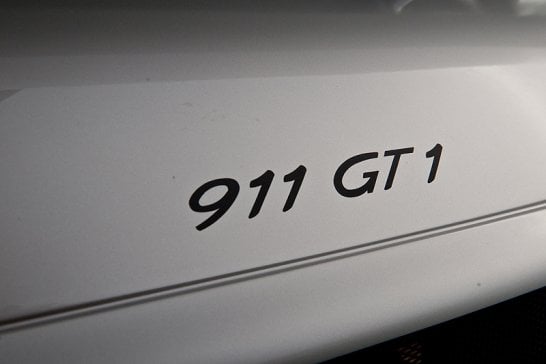

This meant that despite Porsche’s instruction to ‘retain basic 911 characteristics’, the water-cooled, twin-turbo 3.2-litre engine was mounted amidships, rather than beyond the rear axle. The 911 GT1’s inauguration achieved a second place finish overall (a TWR-fettled Porsche LMP1 narrowly took first), as well as a 1-2 finish in the GT1 class – leaving the McLarens to fight among themselves for the remaining podium spot.
For the 1997 season, the FIA announced the creation of the new GT Championship. It would require at least 25 homologation cars to be produced, but since Porsche already had solid orders in place for a road-going version, it was given licence to enter a revised ‘Evo’ version of the 911 GT1. Changes included a new carbonfibre chassis, suspension tweaks and aerodynamic changes, as well as a set of the ‘fried egg’ headlights from the recently introduced 996-series 911.
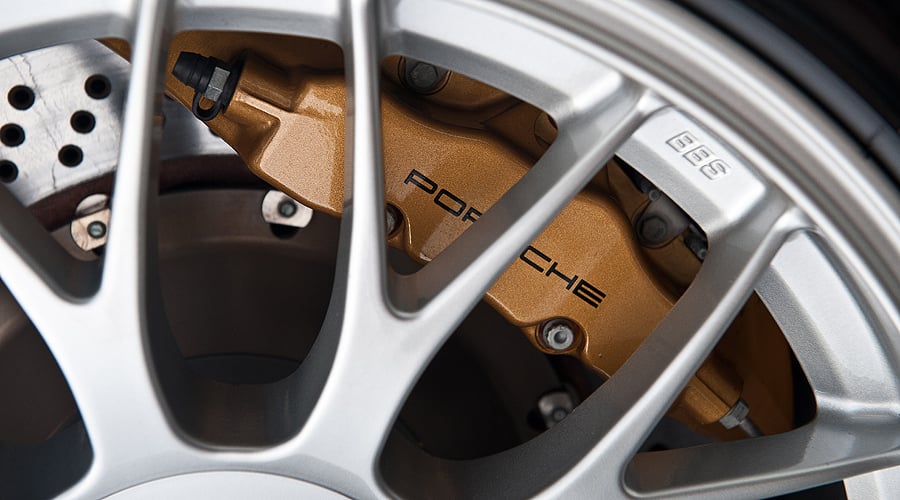
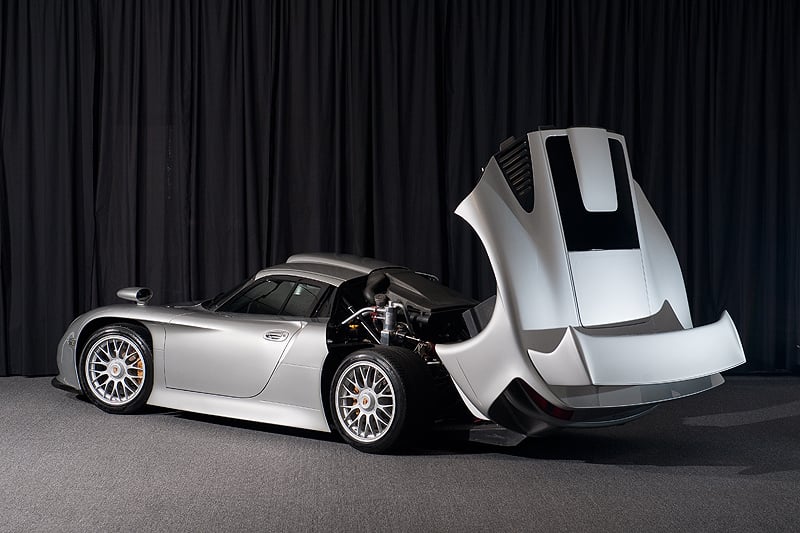
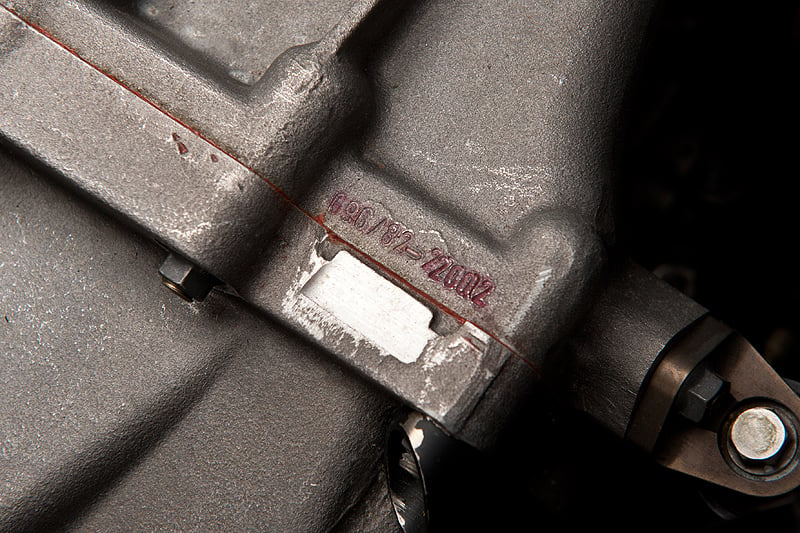
As development continued throughout the season, Porsche began fulfilling the ‘Straßenversion’ (street version) orders with some restrained modifications for road use – namely a higher ride position, softer suspension, and more practical gear ratios. Slightly detuned, the engine still allowed for a 0-60mph sprint of 3.6 seconds and a 194mph top speed, but it promised improved reliability compared with the track cars. Inside, the dashboard was that of the 993-gen 911, and leather seats and carpeting provided a slightly more refined experience. Racing pedigree and limited numbers conspired to impose a retail price of $912,000.
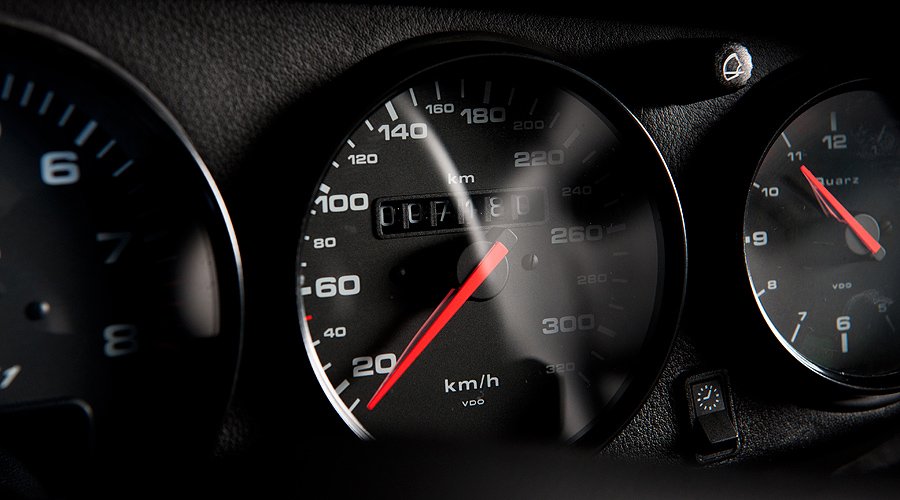
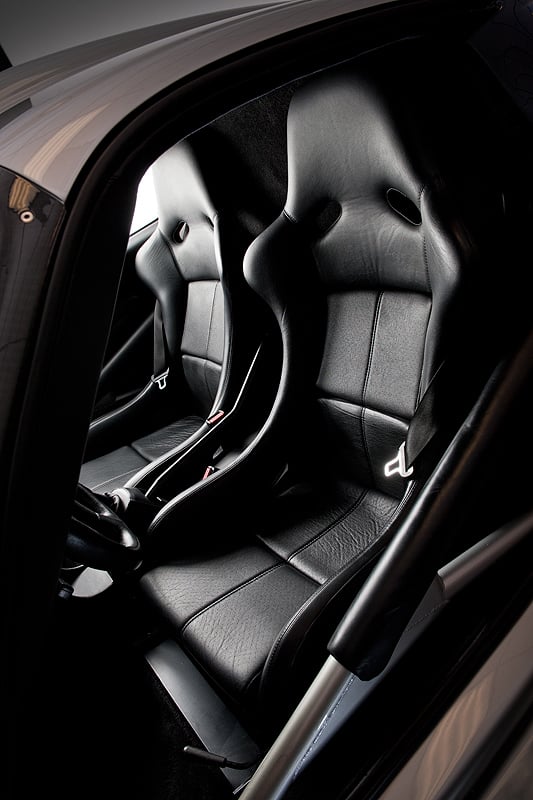
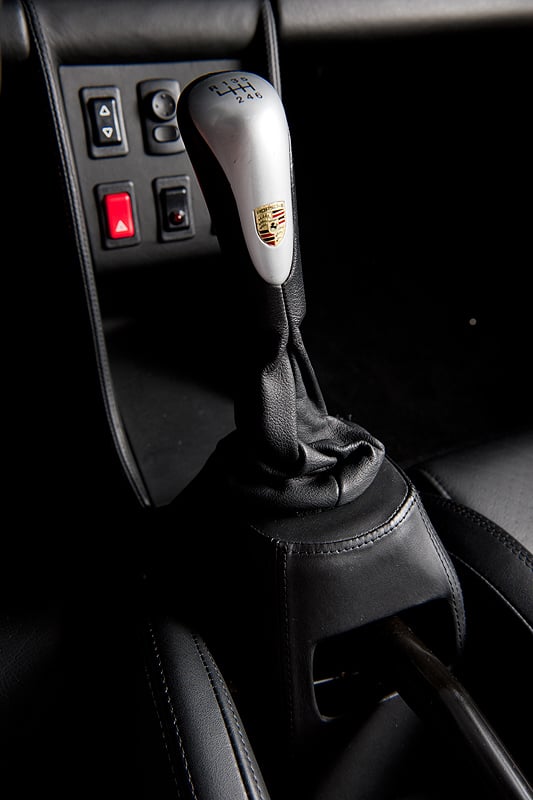
Revised for the 1998 season, the 911 GT1 fended off competition from the Mercedes CLK GTR and others to take a 1-2 finish overall at Le Mans – after which the car was retired. Nevertheless, despite its relatively short lifespan in comparison to the 962, it had still served its purpose. The F1 had been shot down; the marque had added yet another Le Mans win to its roster; and (ironically, through homologation duty rather than choice) Porsche had a supercar to chronologically nestle between the 959 and Carrera GT.
One of the few 911 GT1 Straßenversions in the U.S. will soon cross the block at RM's Monterey auction on August 17-18.
Photos: Darin Schnabel ©2012 Courtesy of RM Auctions












